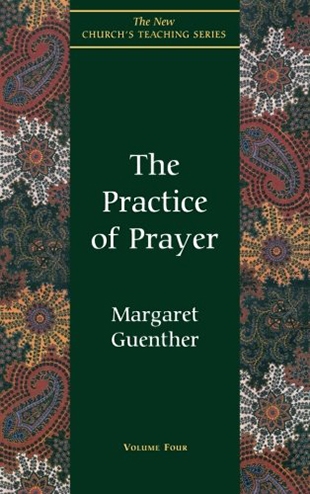"To know the unknowable God is the impossible yet irresistible undertaking of a lifetime," writes Margaret Guenther, author of Toward Holy Ground: Spiritual Directions for the Second Half of Life. She sees the practice of prayer as both listening to the Holy One and expressing our innermost feelings and desires. Guenther characterizes God as "multilingual" — speaking to us through Scripture, dreams, angels, prophets, and silence.
The author assesses some key methods of prayer used by Christians through the centuries — Ignatian meditation, centering prayer, lectio divina, the Jesus prayer, and praying the daily offices in the morning and evening using the readings and psalms in the Book of Common Prayer. She adds her own informal ways of communicating with God — the Tevya prayer (spontaneous talk as modeled by the milkman in Fiddler on the Roof), praying in the cracks (during daily periods of waiting in line, during a subway delay, etc.), and praying with our hands with beads or housework.
Guenther affirms retreats, keeping a journal, working with a spiritual director, and the sacrament of reconciliation as valid practices of prayer that enrich our devotional lives. In the fourth century, Abba Moses of Scete said: "Go to your cell and your cell will teach you everything." Guenther challenges us to see our kitchens, our place of work, and our classrooms as divine milieus where prayer comes alive. This edifying paperback is Volume Four in the New (Episcopal) Church's Teaching Series, edited by James E. Griffiss.
